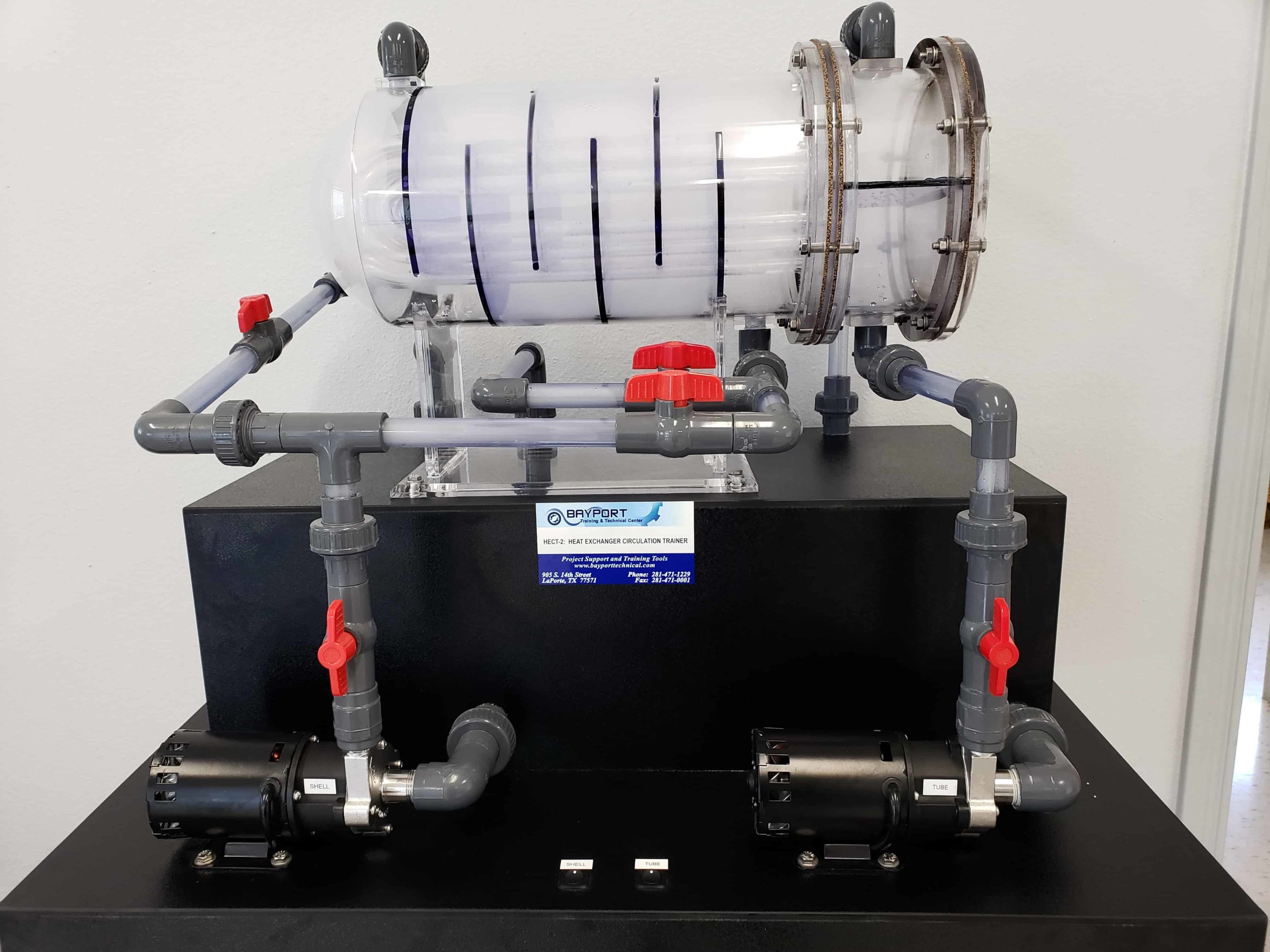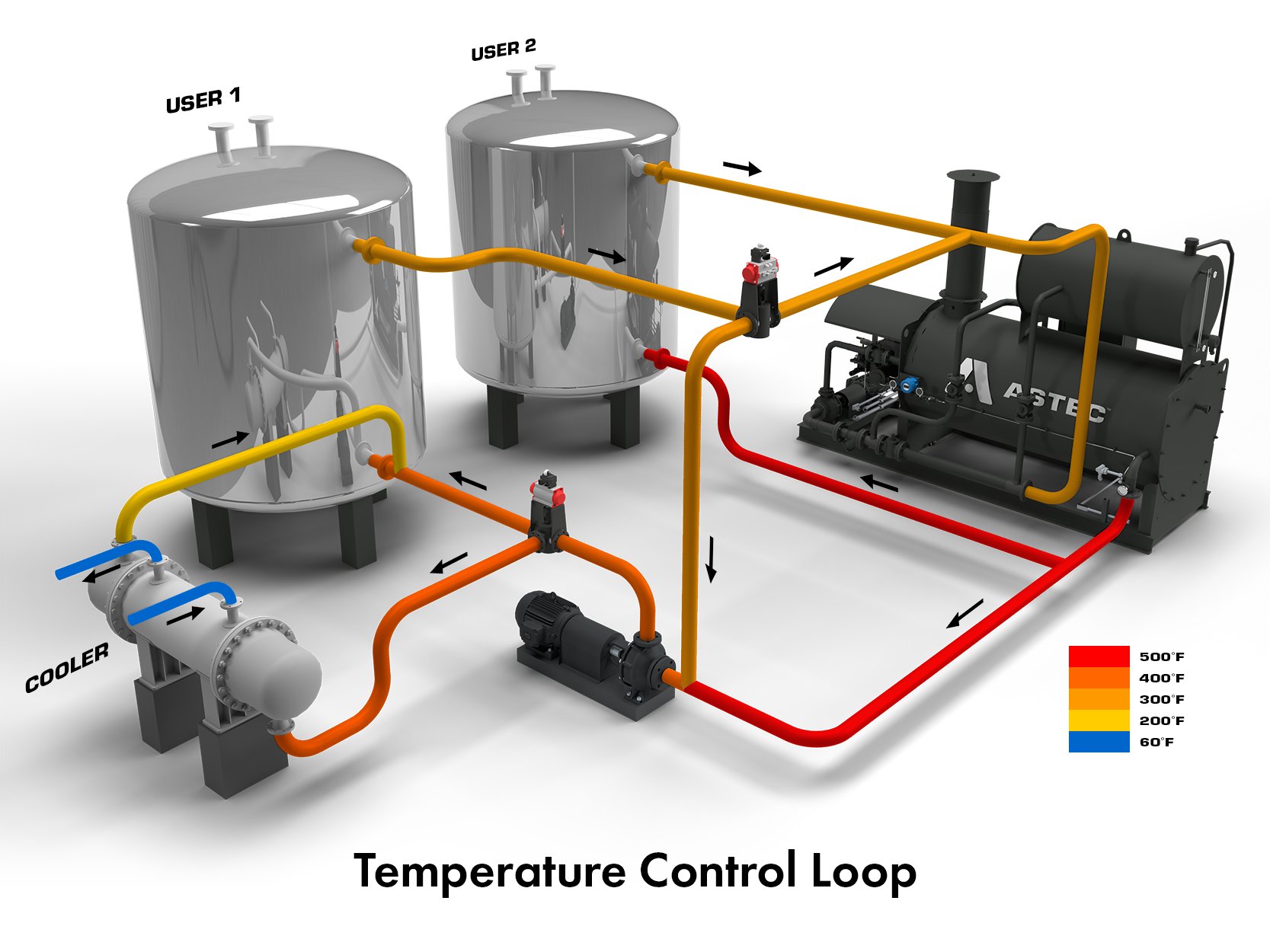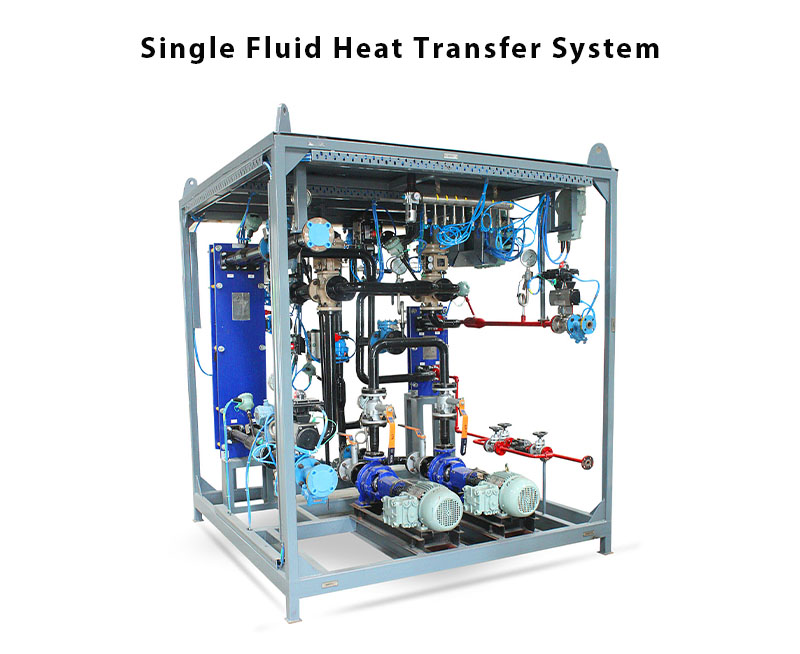10 Essential Thermal Innovations Driving DVS Heat Transfer Systems Forward
Wiki Article
Technologies in Heat Transfer Systems: What You Required to Know for Optimal Efficiency
Developments in Heat transfer systems are changing performance across numerous industries. Advanced materials like graphene and nanofluids promise significant improvements in thermal conductivity. The integration of IoT and machine understanding provides possibilities for real-time tracking and improved energy efficiency. The landscape of thermal administration is rapidly advancing. Understanding these advancements is important for attaining perfect system performance and sustainability in the future. What certain developments are forming this makeover?Arising Materials for Boosted Heat Transfer

Advanced Heat Exchanger Designs
While conventional Heat exchangers have actually served their purpose in numerous applications, advanced styles are now emerging to fulfill the boosting demands for performance and performance. These cutting-edge designs, such as plate, shell-and-tube, and finned-tube Heat exchangers, integrate improved area and enhanced circulation patterns to increase thermal transfer prices. In enhancement, compact layouts enable minimized space demands without jeopardizing efficiency. Advanced materials, such as compounds and corrosion-resistant alloys, additionally boost toughness and efficiency under severe conditions. Moreover, simulation modern technologies and computational liquid characteristics are significantly used to improve these layouts, ensuring peak Heat transfer attributes. As markets seek to lessen power consumption and make the most of outcome, the adoption of advanced Heat exchanger styles is essential in accomplishing these objectives.The Role of Nanotechnology in Heat Transfer
Nanotechnology plays an important role in improving thermal conductivity within Heat transfer systems. By controling products at the nanoscale, scientists have actually achieved significant enhancements in energy performance. These advancements not only optimize efficiency however additionally contribute to more sustainable energy services.Enhanced Thermal Conductivity
Substantial improvements in thermal conductivity have actually arised through the application of nanotechnology, changing Heat transfer systems throughout different sectors. By including nanoparticles right into Heat transfer liquids and materials, researchers have actually attained amazing rises in thermal conductivity. These nanoparticles, such as carbon nanotubes, graphene, and metal oxides, boost the Heat transfer properties because of their high surface area and one-of-a-kind thermal features. The resulting compounds display improved performance in applications varying from electronics cooling down systems to renewable energy innovations. Moreover, the capacity to customize the dimension, form, and structure of nanoparticles enables enhanced thermal administration services. Because of this, nanotechnology proceeds to play an essential function in the advancement of extra effective and effective Heat transfer systems, leading the way for boosted industrial applications.
Energy Effectiveness Improvements

Combination of IoT in Heat Transfer Equipments
The integration of IoT in Heat transfer systems presents the execution of smart sensors that boost operational effectiveness. These sensors enable real-time information monitoring, permitting instant adjustments and optimizations. This technological advancement has the potential to substantially improve performance and power administration in Heat transfer applications.Smart Sensors Implementation
As Heat transfer systems progress, the integration of smart sensing units via the Web of Things (IoT) has actually become a transformative approach. These sensors allow real-time surveillance of temperature, flow, and stress prices, enhancing system efficiency and reliability. By gathering and sending data, they facilitate proactive upkeep, lowering the threat of system failures. Furthermore, wise sensing units contribute to energy financial savings by refining operational criteria based on environmental conditions. Their ability to analyze abnormalities and trends enables educated decision-making, making sure peak performance of Heat transfer systems. As sectors progressively adopt this innovation, the execution of clever sensing units stands to reinvent just how Heat transfer systems are taken care of, leading the way for greater sustainability and improved efficiency results.Real-Time Data Tracking
How can real-time data keeping an eye on enhance the effectiveness of Heat transfer More hints systems? By incorporating Internet of Points (IoT) technology, Heat transfer systems can leverage constant data collection from wise sensing units. web link This real-time tracking enables instant evaluation of temperature level, stress, and flow prices, enabling drivers to determine inefficiencies without delay. As a result, adjustments can be made to optimize efficiency, decrease energy usage, and prolong equipment lifespan. Additionally, predictive maintenance can be carried out, decreasing unexpected downtime and expensive repairs. The capacity to visualize performance metrics through control panels boosts decision-making, promoting a proactive strategy to system administration. Eventually, real-time data monitoring not only enhances functional effectiveness however additionally adds to sustainability goals within commercial processes.Energy Performance and Sustainability Trends
Energy effectiveness and sustainability patterns are reshaping the landscape of Heat transfer systems, driving innovation and conformity throughout different industries. Organizations are significantly prioritizing energy-efficient layouts to reduce functional costs and lessen ecological effects. The integration of renewable resource sources is ending up being extra prevalent, enabling Heat transfer systems to run sustainably while satisfying regulative demands. Furthermore, advancements in modern technologies and products promote reduced energy intake and improve overall performance. Lifecycle assessments are likewise getting traction, permitting firms to examine the ecological effect of Heat transfer systems from manufacturing to disposal. This concentrate on sustainability not just supports company obligation but additionally placements organizations competitively in a market where consumers progressively prefer green options. Power effectiveness and sustainability stay essential considerations for future developments in Heat transfer modern technology.Innovations in Thermal Administration Solutions
While the demand for reliable Heat transfer proceeds to rise, advancements in thermal administration remedies are arising to attend to both performance and sustainability challenges. Advanced products, such as stage adjustment materials and nanofluids, are being developed to enhance Heat transfer efficiency - DVS Heat Transfer Systems. These materials boost thermal conductivity and enable for better temperature regulation in various applications. In addition, modern technologies like energetic thermal control systems are getting traction, enabling real-time modifications to handle Heat circulation properly. These systems add to power savings and minimize the environmental effect of thermal processes. Additionally, the integration of IoT in thermal management promotes tracking and anticipating upkeep, making sure optimized performance and long life of Heat transfer systems. Generally, these technologies stand for substantial strides toward even more lasting thermal monitoring techniquesFuture Instructions in Heat Transfer Technology
Emerging advancements in find more information thermal administration options indicate a promising future for Heat transfer modern technology. Scientists are significantly focusing on establishing products with exceptional thermal conductivity and boosted energy effectiveness. Innovations such as nanofluids, which consist of put on hold nanoparticles, provide significant enhancements in Heat transfer efficiency. Furthermore, the combination of smart materials that adapt to differing temperature level conditions is gaining grip, enabling even more reliable and receptive systems. The increase of additive manufacturing methods is likewise making it possible for the design of complicated Heat exchanger geometries that optimize fluid circulation. Moreover, the application of device learning algorithms is prepared for to change the optimization of Heat transfer systems, assisting in predictive maintenance and efficiency enhancement. Collectively, these advancements are poised to change the landscape of Heat transfer innovations in numerous markets.
Often Asked Concerns

Exactly how Do I Select the Right Heat Transfer System for My Application?
Choosing the best Heat transfer system entails reviewing application demands, consisting of temperature level arrays, fluid residential or commercial properties, and effectiveness demands. Examining system kinds, upkeep considerations, and cost-effectiveness additionally plays a vital role in making an informed decision.What Are the Maintenance Requirements for Advanced Heat Exchangers?
Maintenance demands for advanced Heat exchangers usually include routine evaluations, checking for leakages, cleansing of surface areas, and assuring ideal circulation prices. Adhering to manufacturer guidelines assurances effective operation and prolongs the devices's life-span.
Just How Do Ecological Factors Influence Heat Transfer Performance?
Ecological factors substantially affect Heat transfer performance. Variations in temperature, air flow, and moisture influence thermal conductivity and convective Heat transfer, inevitably influencing system performance and requiring consideration throughout the layout and procedure of Heat transfer systems.What Safety And Security Requirements Relate To Heat Transfer Systems?
Safety and security standards for Heat transfer systems commonly include guidelines from organizations such as ASME and ASTM. DVS Heat Transfer Systems. These requirements address materials, style, and operational techniques to ensure reliability, performance, and security against hazards in numerous applications
How Can I Fix Common Heat Transfer System Issues?
Fixing common Heat transfer system issues includes looking for leaks, guaranteeing appropriate liquid flow, examining insulation stability, and confirming temperature level differentials. Determining these aspects can help maintain system effectiveness and avoid further problems.Nanotechnology plays a crucial duty in improving thermal conductivity within Heat transfer systems. Significant developments in thermal conductivity have emerged with the application of nanotechnology, revolutionizing Heat transfer systems across various markets. Improvements in thermal conductivity via nanotechnology have actually led the method for exceptional renovations in energy performance within Heat transfer systems. Power effectiveness and sustainability fads are improving the landscape of Heat transfer systems, driving advancement and compliance throughout different sectors. The integration of IoT in thermal administration promotes surveillance and anticipating maintenance, making certain optimized performance and durability of Heat transfer systems.
Report this wiki page